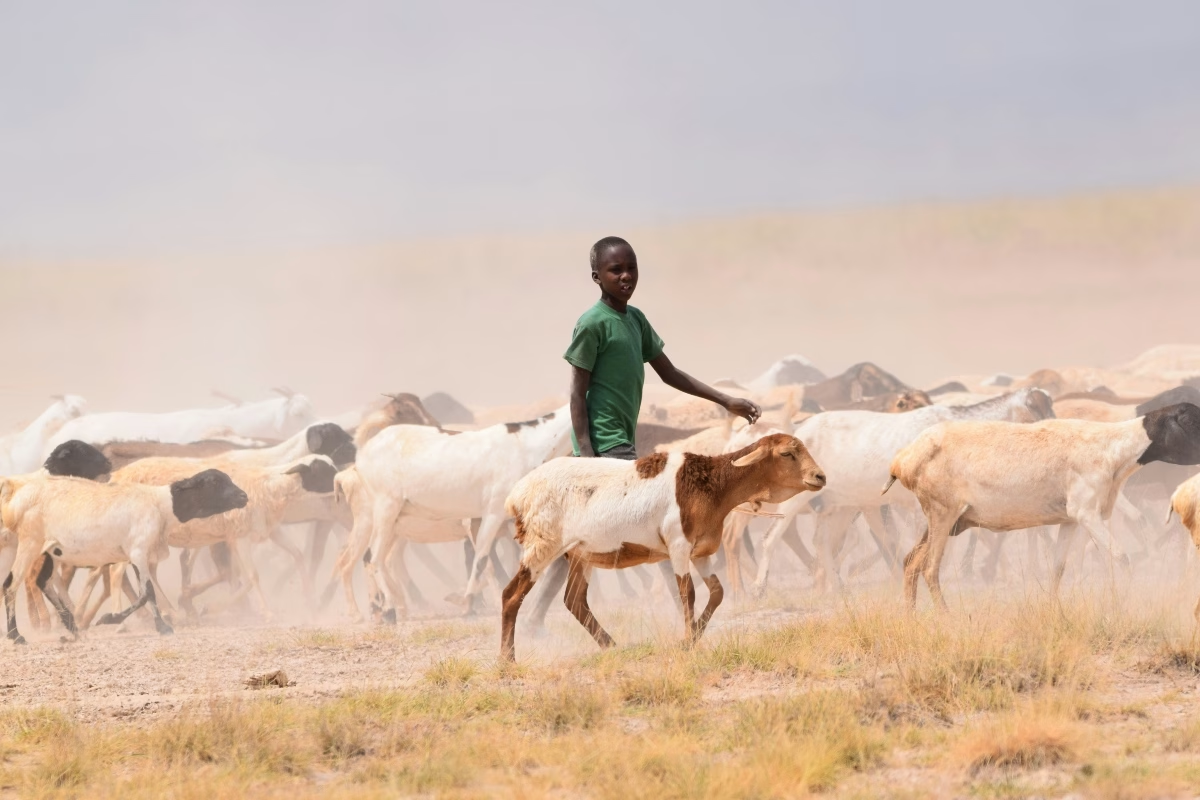They are one of only two populations of desert-adapted elephants in the world and to survive in this harsh environment, they have developed unique traits. Their larger feet enable them to move more easily across soft sandy terrain. Their feet also serve as a useful tool, along with their trunks, to find water deep beneath the ground. They can go for several days without a drink and have been observed to store water in a pharyngeal pouch in their throats, which they collect, when needed, with their trunks. But their most important adaptation is their memory, according to Dr Malan Lindeque, a Namibian zoologist and expert in elephant population ecology. According to Elephant Human Relations Aid (EHRA), a conservation organization in Namibia, an estimated 62 desert dwelling elephants live in the dried up river beds of Namibia’s Southern Kunene and Northern Erongo regions. It’s just a fraction of the 2,500 to 3,500 that lived in the Namib region in the 18th century. Hunting, poaching, growing human populations and political conflict all contributed to their decline. Between 1970 and 1980, desert elephants disappeared completely from the Ugab River area, but in the late 1990s they began to return and today several herds roam freely in these parts. But in this harsh environment, their survival is uncertain. A scarcity of food and water means they regularly come into conflict with another species – humans.
SOURCE: CNN











